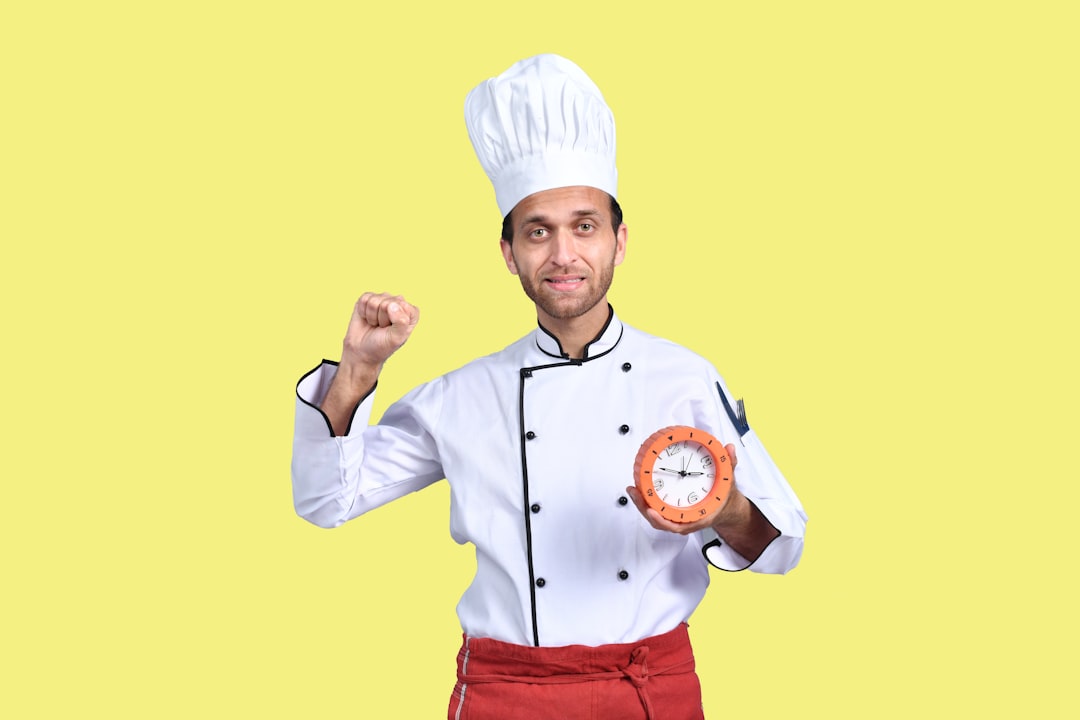Unleashing the Magic of Thanksgiving Turkey

Thanksgiving is a time of warmth, togetherness, and of course, a sumptuous meal. At the heart of this festive feast lies the turkey, a centerpiece that has graced Thanksgiving tables for generations. In this guide, we'll take you through every step of the process, from choosing the perfect pan to carving the finished bird, ensuring that your Thanksgiving dinner is truly unforgettable.
First and foremost, selecting the right pan is crucial for roasting a delicious turkey. You want a pan that is large enough to accommodate the turkey comfortably, with some extra space around the edges for even heat distribution. A roasting pan with high sides is ideal as it helps to contain the juices and prevents them from spilling over in the oven. Look for a pan made of heavy - gauge metal, such as stainless steel or cast iron, as these materials conduct heat evenly and can withstand the high temperatures of roasting. Some pans come with a rack, which is a great addition as it allows the turkey to sit above the juices, promoting better air circulation and a crispier skin.
Once you've chosen the perfect pan, it's time to prepare the turkey. Start by thawing the turkey properly if it's frozen. The safest way to thaw a turkey is in the refrigerator. Allow approximately 24 hours of thawing time for every 4 - 5 pounds of turkey. This slow thawing method ensures that the turkey thaws evenly and reduces the risk of bacterial growth. After thawing, remove the giblets and neck from the turkey's cavities. Rinse the turkey inside and out with cold water and pat it dry with paper towels. Drying the turkey is essential as it helps the skin to crisp up during roasting.
Now, it's time to season the turkey. You can use a simple mixture of salt, pepper, and your favorite herbs and spices. Rub the seasoning all over the turkey, including under the skin, to infuse it with flavor. Some people like to stuff the turkey with herbs, onions, celery, and other aromatics. If you choose to stuff the turkey, make sure to do it just before roasting to prevent the growth of bacteria. Another great tip is to baste the turkey with melted butter or its own juices during roasting. Basting helps to keep the turkey moist and adds extra flavor to the skin.
When it comes to cooking the turkey, preheat your oven to the recommended temperature. A good rule of thumb is to roast the turkey at 325°F (163°C) for a more even cook. The cooking time will depend on the size of the turkey. As a general guideline, you should roast the turkey for about 13 - 15 minutes per pound. However, it's important to use a meat thermometer to ensure that the turkey is cooked to the proper internal temperature. Insert the thermometer into the thickest part of the thigh, without touching the bone. The turkey is done when the internal temperature reaches 165°F (74°C).
Once the turkey is cooked, let it rest for at least 20 - 30 minutes before carving. Resting allows the juices to redistribute throughout the meat, resulting in a more tender and juicy turkey. To carve the turkey, start by removing the legs and wings. Then, slice the breast meat against the grain for the most tender slices. You can serve the turkey with a variety of side dishes, such as mashed potatoes, stuffing, cranberry sauce, and green beans.
In conclusion, roasting a perfect Thanksgiving turkey may seem like a daunting task, but with the right pan, proper preparation, and a little patience, you can create a meal that will be remembered for years to come. So, this Thanksgiving, embrace the tradition and let the delicious aroma of a perfectly roasted turkey fill your home and bring your loved ones closer together.